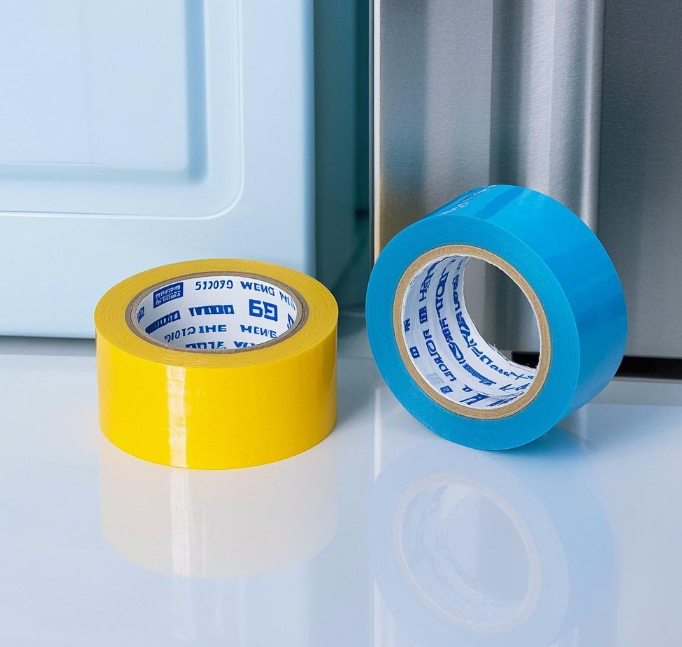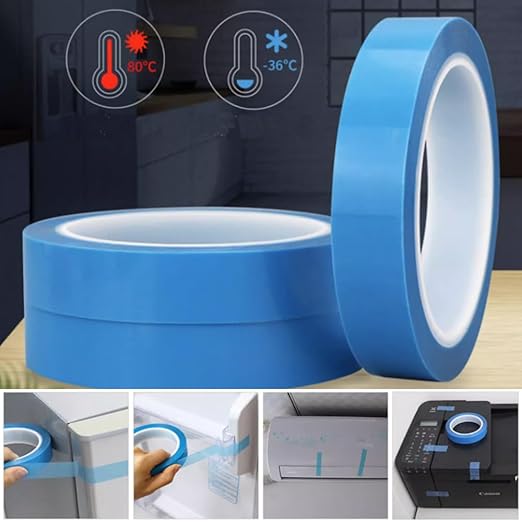Refrigerator Tape vs. Ordinary Tape: What's the Difference?

In daily life, we often use tapes for various purposes. But have you ever noticed the difference between refrigerator tape and ordinary tape?
Refrigerator tape is designed to meet specific requirements in the context of refrigerators. One key difference lies in its material. Refrigerator tape usually uses PET, fiber or cloth as its substrate. These materials endow it with excellent physical and chemical stability. In contrast, ordinary tapes have a wider range of materials. Common transparent tapes are often made of PET or BOPP films, while kraft paper tapes use kraft paper as the substrate.

Another significant difference is in their performance. Refrigerator tape excels in temperature resistance. It can withstand the low temperatures inside the refrigerator as well as temperature changes during transportation and use. It also has a special adhesion property. It adheres well to the plastic and metal surfaces of refrigerators and can be easily removed without leaving any residue. Ordinary tapes, on the other hand, may not maintain stable adhesion in low temperatures. Some may become brittle and lose their stickiness, and they might leave residue when peeled off.
In terms of appearance, refrigerator tape comes in colors like blue, white and transparent. Ordinary tapes also have diverse colors, but their color options might be more focused on practicality or decoration in general scenarios rather than specific to refrigerator use.
In conclusion, refrigerator tape and ordinary tape have distinct differences in material, performance and appearance. Understanding these differences can help us choose the right tape for different applications.